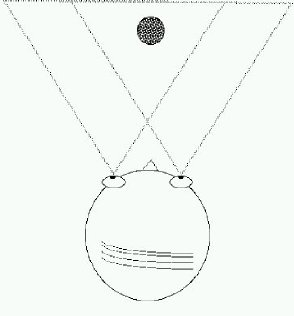



Each eye gets a slightly different view of the world
The brain fuses the two views to get depth information

Create two distinct images - one for each eye
Used since early 1800s


Present each image separately to each eye
e.g. stereoscope, HMD
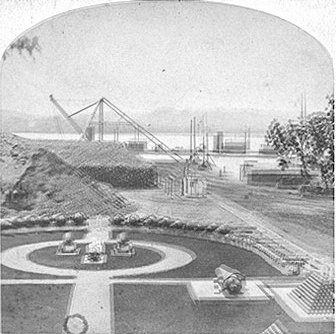
With a projection screen, images must overlap
Glasses filter images - each eye sees only one
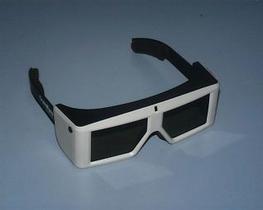
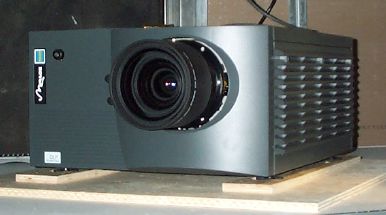
Problems:
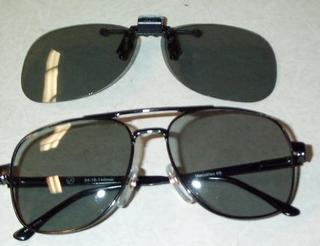
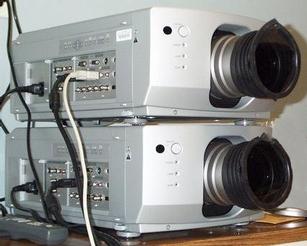
Uses polarization to separate images
Two projectors - one for each eye
Each eye's image is polarized differently
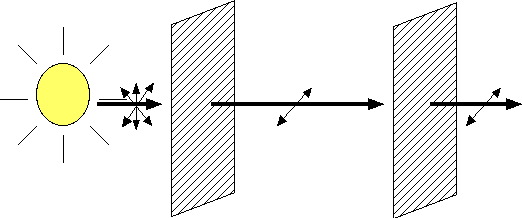
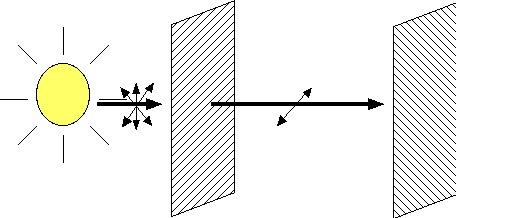
Problems:
Linear polarizer + quarter-wave retarder = circular polarization
Polarization is left-handed or right-handed
(clockwise or counter-clockwise)
Immune to head-tilt problem


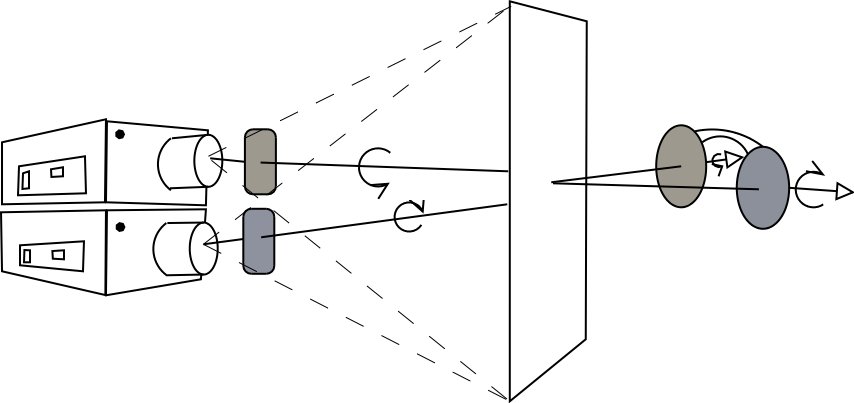
Problems:
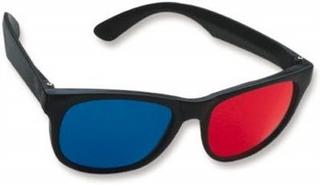
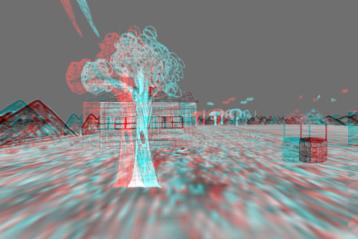
Uses colored filters
One image is red, other is blue/green/cyan
Only requires one projector (any type)
Filters make different colors appear at different depths
Red appears close, blue appears distant
Images viewed through dark lens reach brain slower
Pulfrich glasses have one dark lens, one clear lens
When objects move, brain fuses images from slightly different times
Glasses-free
Different eye-views are interleaved vertical strips
Barrier screen blocks all but one image from any viewpoint